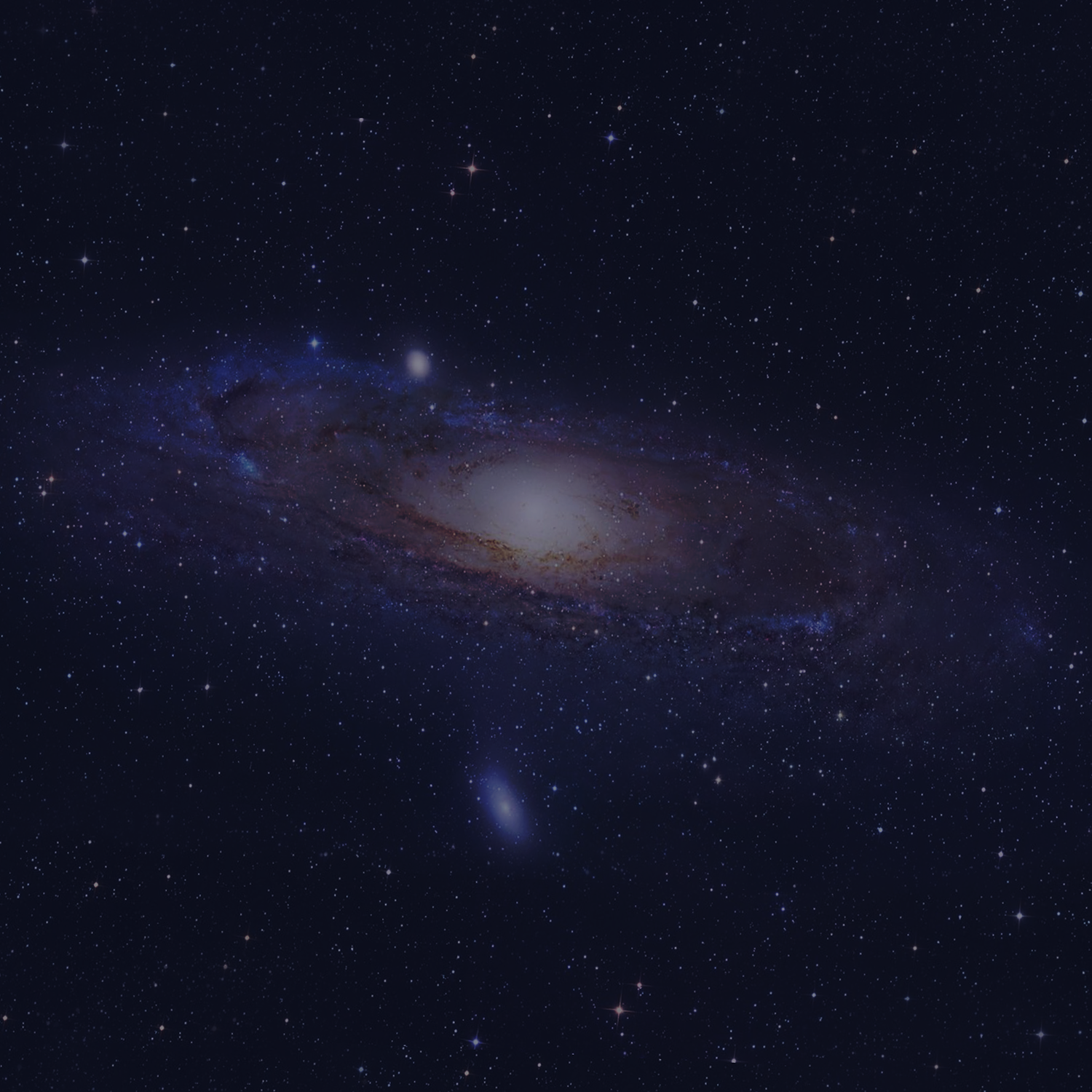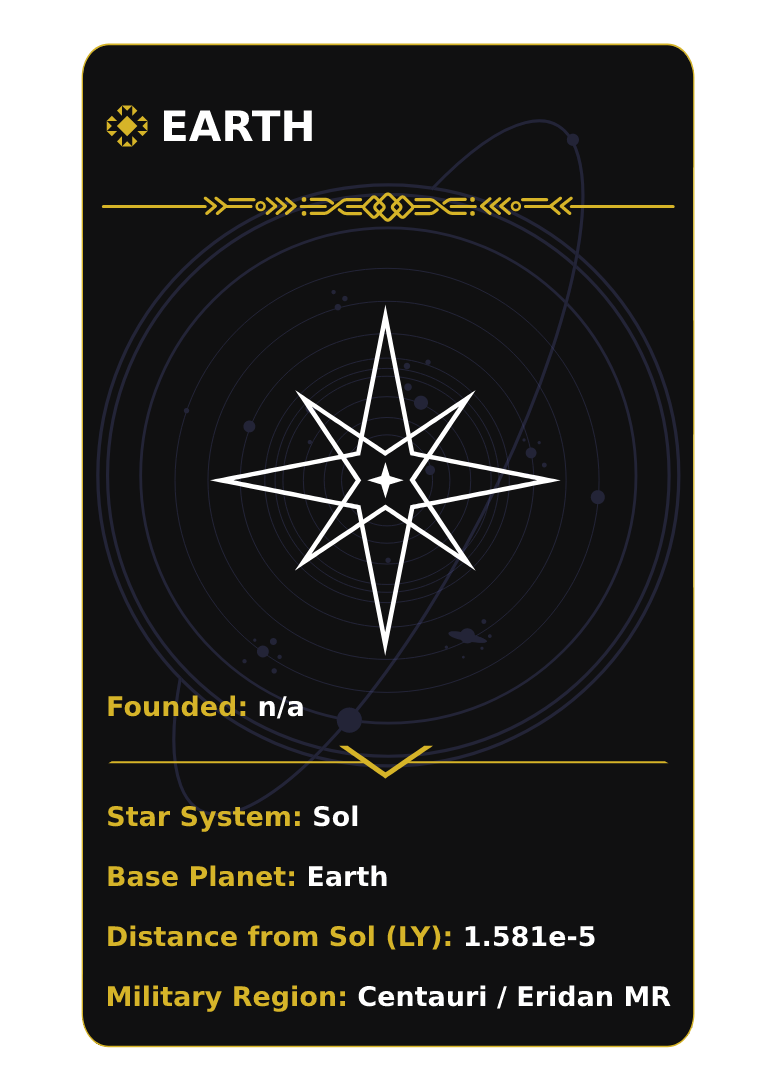
 EarthVenusMarsEarth-2ThaliaSwan HegemonyEridanian RepublicUnion of Shintan RepublicsStar Kingdom of AchirdSanjnaRajniKyushuShikokuHokkaidoHonshuEsusEthelionGladsheimNew AngelesNew Boston
EarthVenusMarsEarth-2ThaliaSwan HegemonyEridanian RepublicUnion of Shintan RepublicsStar Kingdom of AchirdSanjnaRajniKyushuShikokuHokkaidoHonshuEsusEthelionGladsheimNew AngelesNew Boston
The Federation of Inhabited Worlds
It's the 35th century, and humankind has successfully pioneered the frontier of outer space. Breakthroughs in transportation tech have long since obliterated distance as an obstacle, enabling no less than twenty independent colonies to take root (and thrive) on new worlds, orbiting new stars, in new corners of the galaxy. And in the process, a new path has emerged for a species once on the brink of self-extinction, a path now fueled by a recharged sense of optimism and hope.
The Federation of Inhabited Worlds was born from that mindset, and from a collective commitment to foster peace and liberty across all of humanity's burgeoning new cultures. Its core purposes are to govern interstellar diplomacy, protect territorial independence, and to ensure that the lightyears of space separating these colonies remain neutral, nonproprietary and conflict-free.
The political body responsible for establishing Federation policy is the Galactic Senate, an assembly of representatives from every established colony galaxy-wide. Each colony exists as an independent nation, entitled to determine its own rule of law. And as a general rule, the Galactic Senate is careful to avoid setting policies that might get in the way, or otherwise might inhibit the ability to develop at its own pace.
 Click here to learn more about the Federation's early historyHowever, some notable disagreements during the Federation's early years prompted the need for a few pieces of stronger legislation. For example, the Anderson Charter gives the Federation absolute authority over intergalactic mining and extraction rights, requiring any local company or government to secure licenses through the Senate. Another key example is what's referred to as Hurbach's Law, named after the senator who originally proposed the bill, which forbids any colony from maintaining or operating a space-capable military. This referendum was ratified by the citizenry at large, rather than by the Senate, with overwhelming popular support, leading directly to the formation of the Solar Alliance as the Federation's dedicated peacekeeping force.
Click here to learn more about the Federation's early historyHowever, some notable disagreements during the Federation's early years prompted the need for a few pieces of stronger legislation. For example, the Anderson Charter gives the Federation absolute authority over intergalactic mining and extraction rights, requiring any local company or government to secure licenses through the Senate. Another key example is what's referred to as Hurbach's Law, named after the senator who originally proposed the bill, which forbids any colony from maintaining or operating a space-capable military. This referendum was ratified by the citizenry at large, rather than by the Senate, with overwhelming popular support, leading directly to the formation of the Solar Alliance as the Federation's dedicated peacekeeping force.
Key Historical Events











The Solar Alliance
Under the authority of the Galactic Senate, the Solar Alliance's stated mission is to uphold peace within the Federation, to protect its citizens, and to enforce interstellar law.
The Solar Alliance, like the Galactic Senate and other major Federation institutions, is headquartered on Earth (though this is mostly for symbolic reasons, not practical ones, as more than 95% of the human race now lives elsewhere). There, the Space Marshal serves as chief commanding officer, overseeing an extensive organization with a reach that stretches over 5000 lightyears. A massive network of spacecraft and Solar Alliance servicemembers are deployed across seven discrete Military Regions (MR's) and belong to one of four branches: the Space Navy, the Communications Service, the Space Army, and the Intelligence Service.














